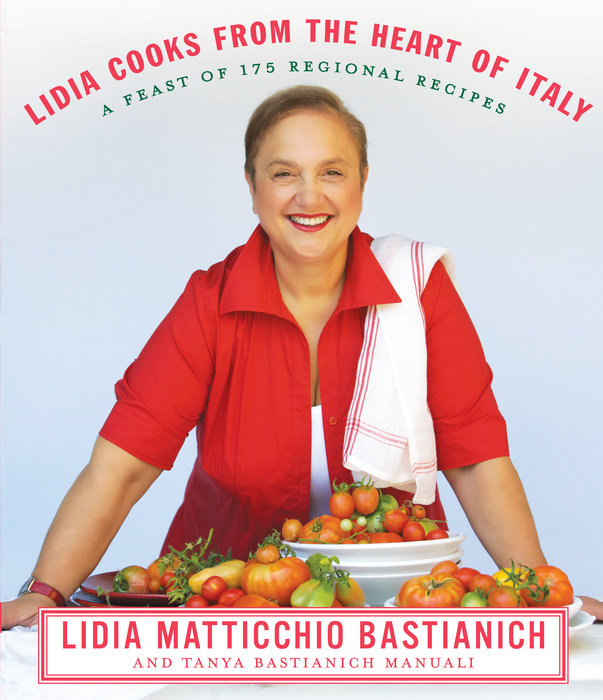Makes about 1 pound, serving 6 as a primo or 4 as main dish
Notes
The dough for maccheroni alla chitarra has to be slightly firmer than usual for fresh pasta; it requires a bit more flour, so it will cut neatly when pressed against the chitarra. If you have a kitchen scale, weighing the flour is best: start with 10 ounces of flour, equivalent to 2 cups of unsifted flour, slightly packed, and add more as needed. Though I always tell you that you can make fresh pasta dough by hand (because it is so easy!), here I recommend the food-processor method, to incorporate the greater amount of flour quickly.
Ingredients
- 2 cups (10 ounces) all-purpose flour, plus more as needed
- 4 large eggs
- ⅓ teaspoon kosher salt, plus more for the pasta pot
Directions
You will need a food processor fitted with a steel blade; a pasta-rolling machine or wooden rolling pin; a wooden chitarra. Measure 2 full cups of unsifted flour (or weigh out 10 ounces), and dump it all in the food-processor bowl; process for a few seconds to aerate. Beat the eggs with the salt in a spouted measuring cup. With the food processor running, quickly pour in all the eggs through the feed tube. Process continuously, as a dough forms and gathers on the blade and cleans the side of the bowl. If the dough does not come together or clean the bowl after 30 seconds or so, stop the machine, scrape down the sides, and sprinkle in a couple of tablespoons more flour. Process for a few more seconds—and add more flour if necessary—until a fairly firm ball of dough forms. Turn the dough out on a lightly floured surface, and knead by hand for a minute or more, until it is smooth and firm. If it’s at all sticky, incorporate more flour as you knead. Press the dough into a disk, wrap tightly in plastic wrap, and let rest at room temperature for at least ½ hour. (You can refrigerate the dough for up to a day, or freeze for a month or more. Defrost in the refrigerator, and return to room temperature before rolling.) Cut the dough in four equal pieces. If using a pasta machine: Roll each piece through the machine at progressively narrower settings, to form long wide strips, about ⅛ inch thick (no thinner) and as wide as your machine allows. If the strip grows longer than the strings of your chitarra, cut it crosswise into two shorter strips. To roll by hand: Lightly flour the work surface and your rolling pin. Flatten each piece of dough into a rectangle with your palm, and roll it from the center, gradually lengthening it into a broad strip about ⅛ inch thick. Don’t roll the dough too thin or longer or wider than the strings of your chitarra.
To cut maccheroni: Lay a strip of dough over the strings of the chitarra (on a two-sided chitarra, use the more widely spaced strings). Using gentle but constant pressure, roll your pin lengthwise up and down the pasta, so the strings cut it cleanly into strands of maccheroni that fall onto the tray of the chitarra. Dust the freshly cut strands with flour, and gather them into a loose nest on a floured tray.
Cut all the strips into maccheroni, and collect them in floured nests. Leave the tray uncovered at room temperature until you are ready to cook the pasta. To cook a whole batch of maccheroni: Bring to boiling a large pot of well-salted water (at least 6 quarts with a tablespoon or more of salt). Using your hand or a colander, shake excess flour off the nests of maccheroni, and drop them into the pot. Stir and separate the strands as the water returns to a rolling boil, then cook the pasta for 4 to 5 minutes, stirring occasionally, until al dente. (See the many sauce recipes that follow for instructions on dressing maccheroni alla chitarra). To freeze the cut maccheroni: Set the whole tray in the freezer. When the nests are solid, seal them in airtight plastic bags and pack into in a container, so they don’t get crushed. (Frozen maccheroni can be dropped right into the pasta cooking pot; stir gently to separate the strands as they soften.)

